2.2.4 Knowledge
Course subject(s)
Module 2 – Your Dream House
Presentation Model
The last type of model we will discuss is the Presentation Model. A presentation model provides a clear view on the many aspects of the design, and in most cases this requires making a number of models.
An architectural presentation model is not just a shrunken version of a real building. Presenting the design is not about literally showing what is what in the design as if it were a dollhouse. Like sketch and analytical models, presentation models only show specific aspects of a design. The many different views from several models together can provide an understanding and feeling of what the real building might become.
We should distinguish between the ‘architectural presentation model’ and what we often call ‘museum presentation model’. The ‘architectural presentation model’ comes from the design intent of the architect, whereas the latter is often a representation of the final object, shown as precisely as possible.
Example 1
Architectural Presentation Model
We have already seen the sketch models for a summer house, and below you can see presentation models made by the same student. Notice the simple cardboard material used to express the roughness of the existing ruin, in contrast to the clear use of materials and tones to indicate the new additions for the summer house. The water was made from cast resin. More about this project on our blog: https://modellingtechniques.weblog.tudelft.nl.
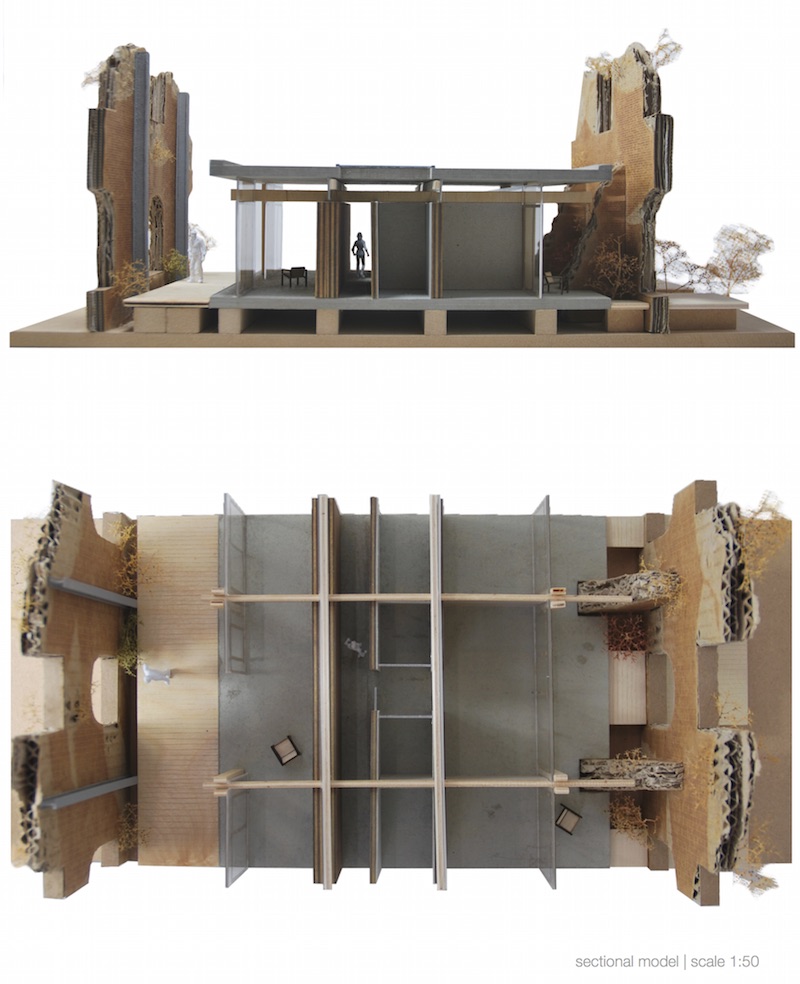
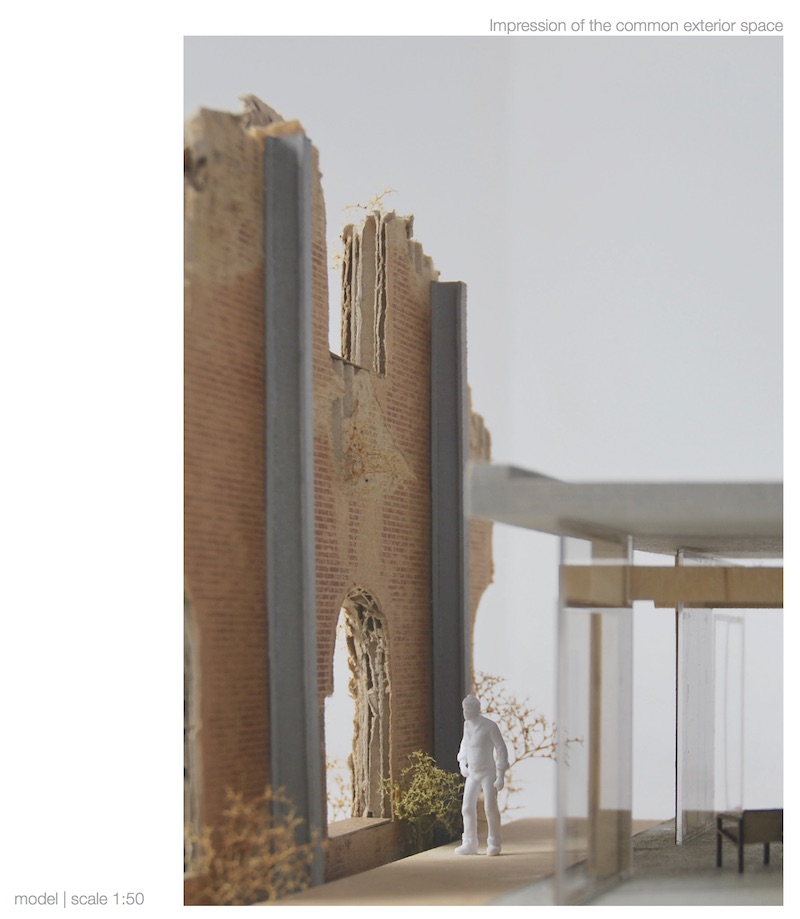
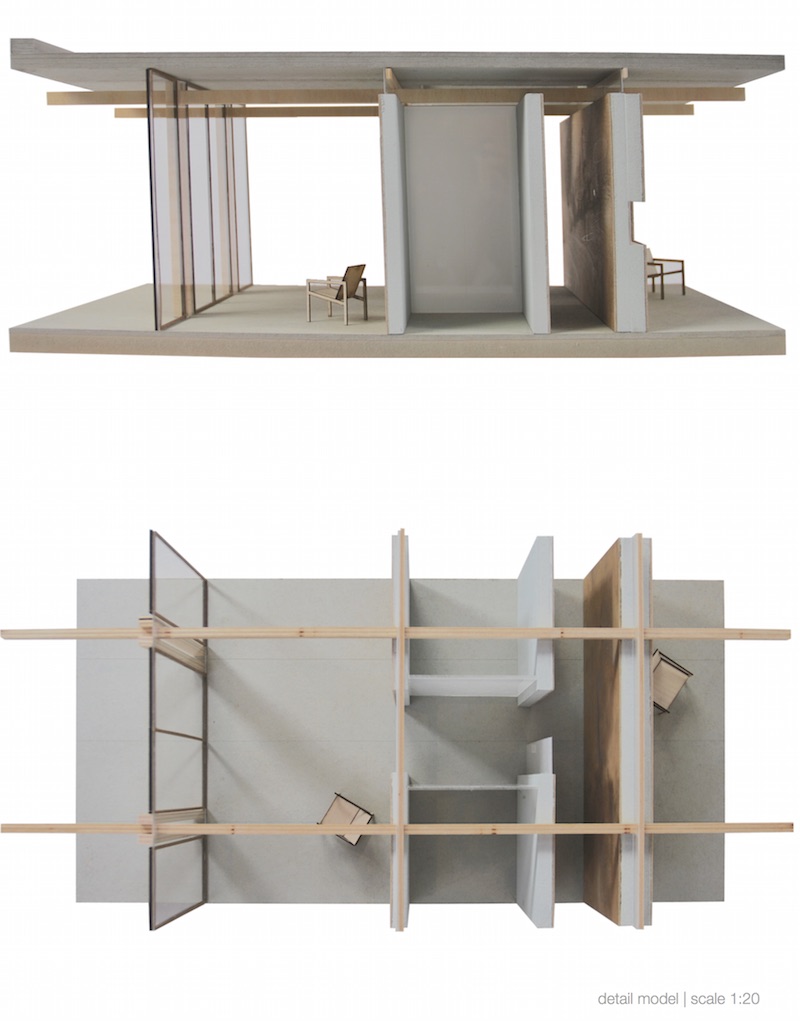
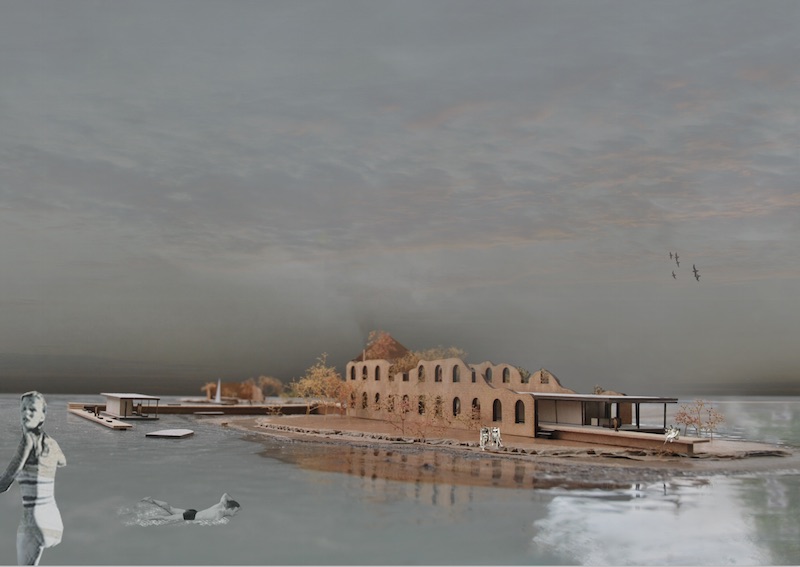
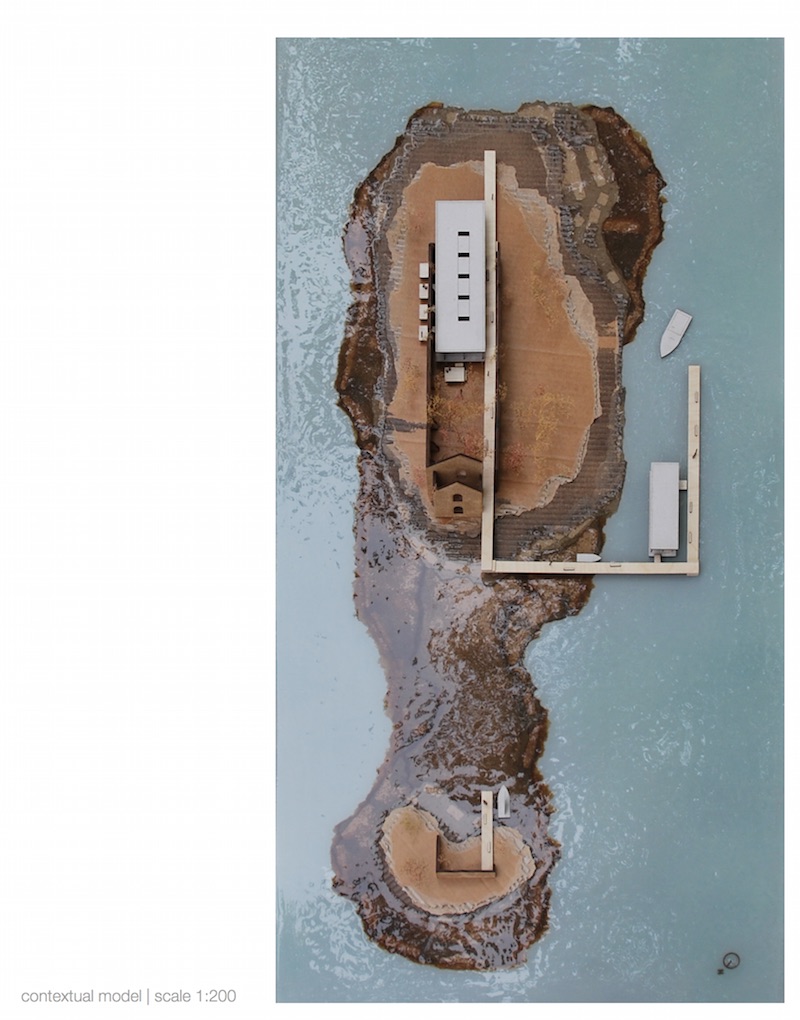
Presentation models by Danique van Hulst, June 2015, student in the course Delta Shelter.
EXAMPLE 2
Museum Presentation Model
This is a typical presentation model of a museum. Notice how the brickwork and shingle details have been carefully produced to scale, and show the facade and the roof by using materials that mimic reality. This model even shows some of the interior views. The function of this model is to give agood impression of the proportions and details of the building as if you had visited it in reality, but without giving a certain direction as to the approach towards it.
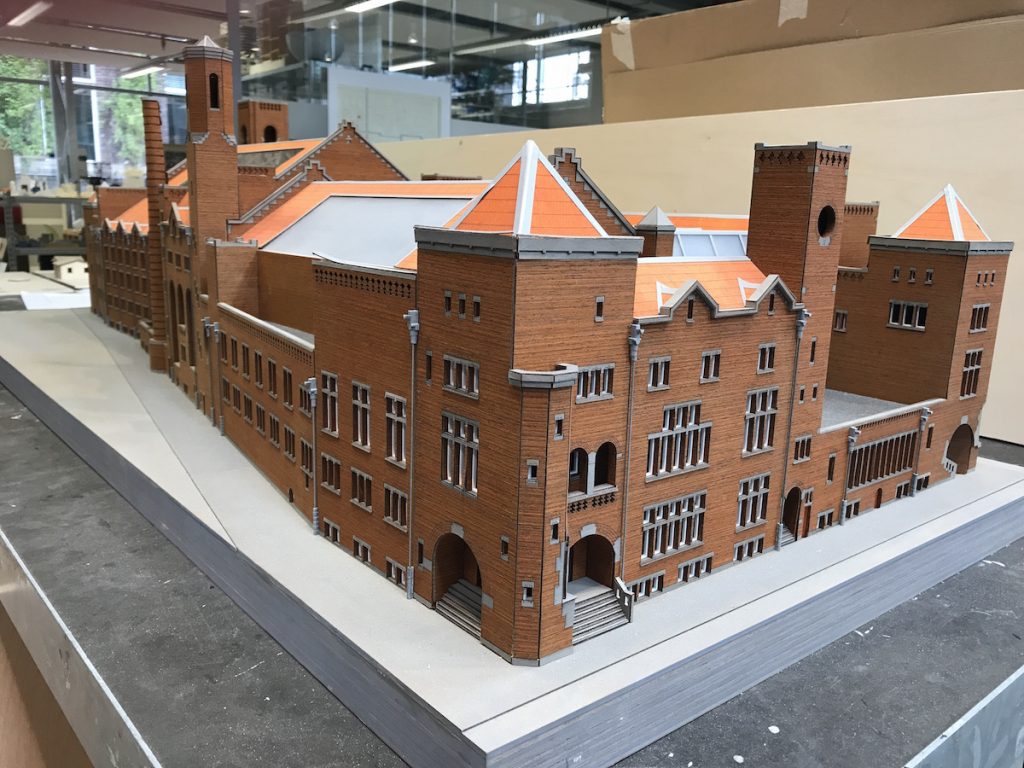
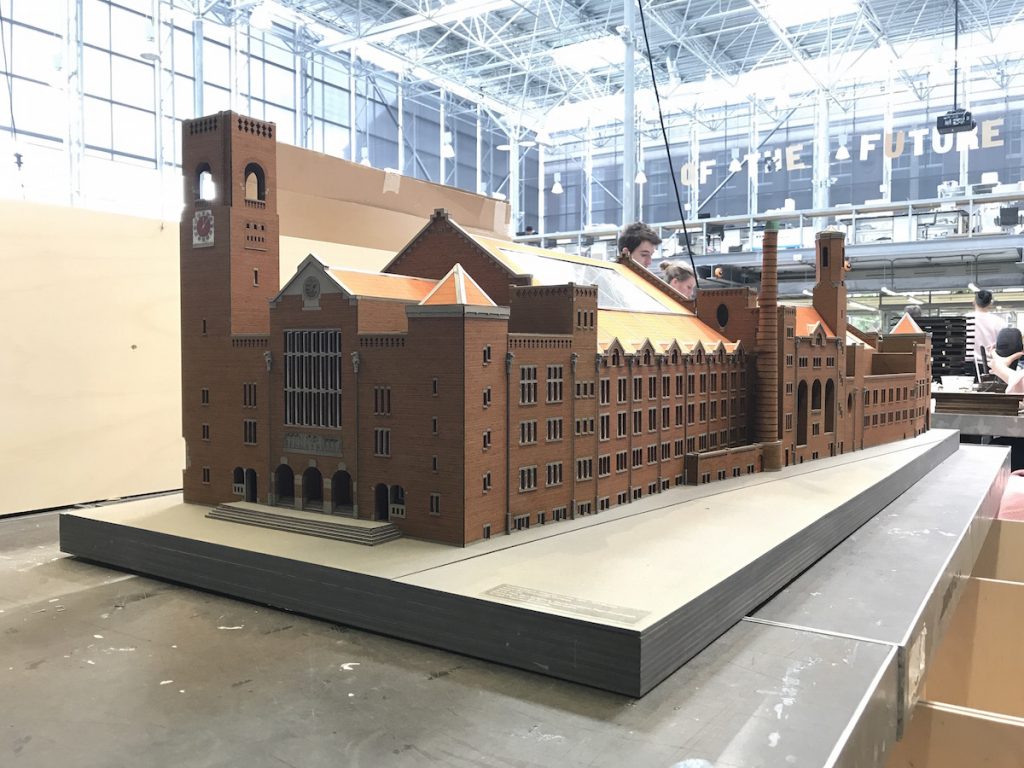
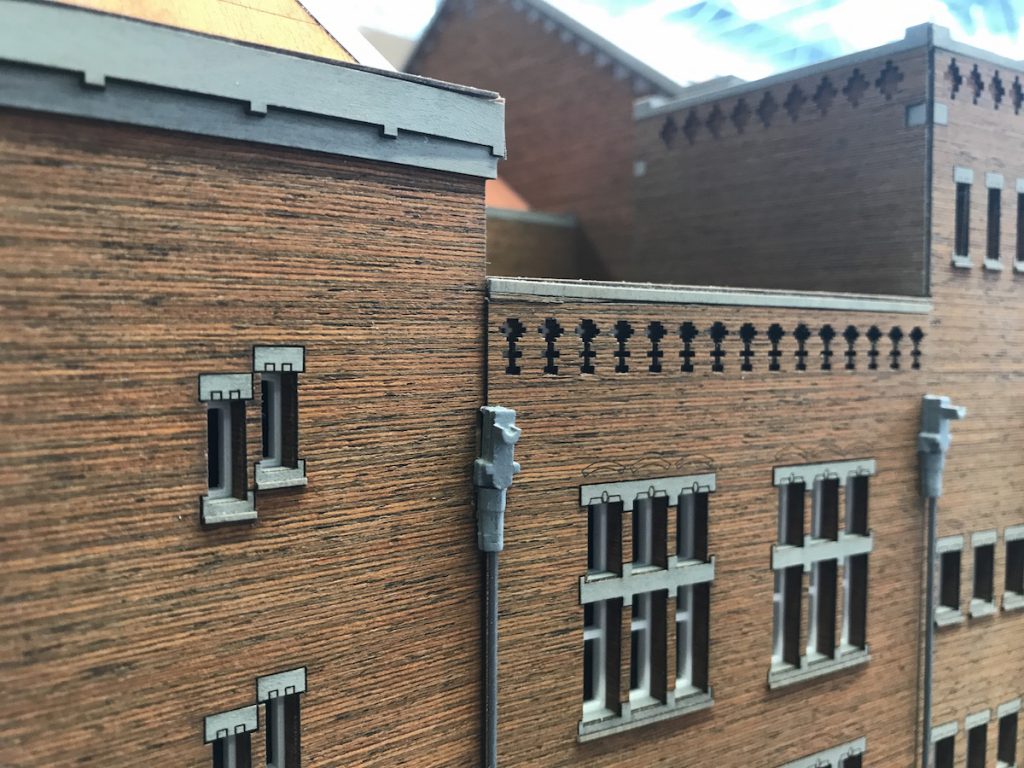
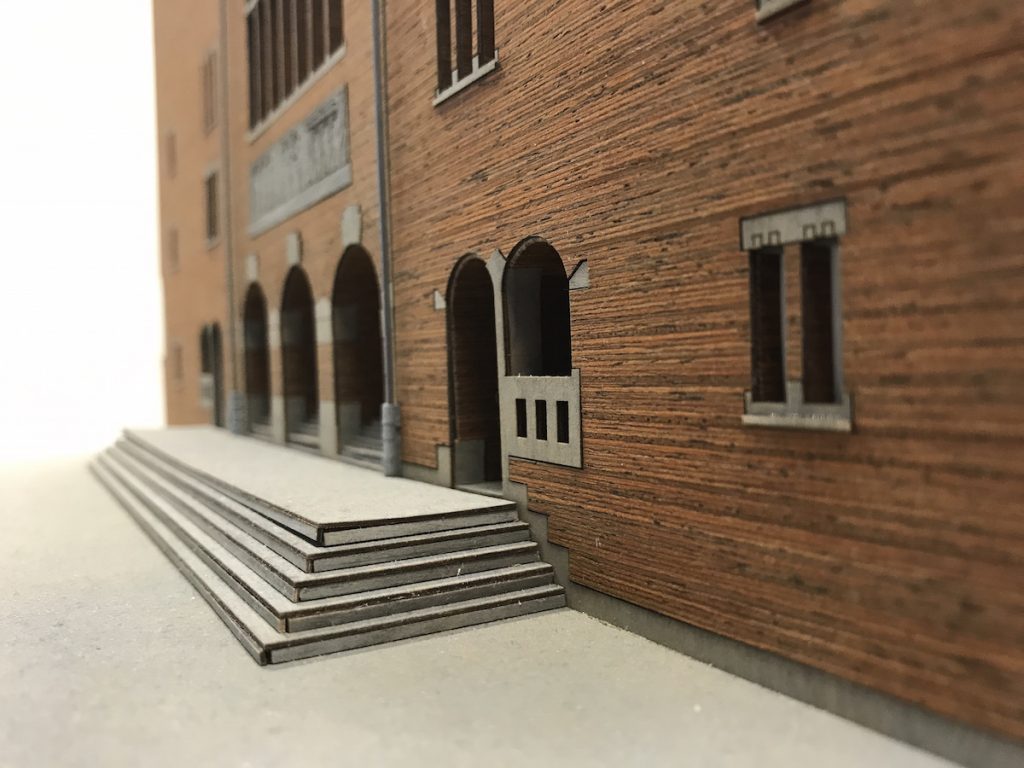
Model 1:100, in lasercut cardboard, Amsterdam Commodities Exchange building, (1896-1903) – architect H.P. Berlage.

Models in Architecture by TU Delft OpenCourseWare is licensed under a Creative Commons Attribution-NonCommercial-ShareAlike 4.0 International License.
Based on a work at https://ocw.tudelft.nl/courses/models-architecture-design-physical-digital-models/.



